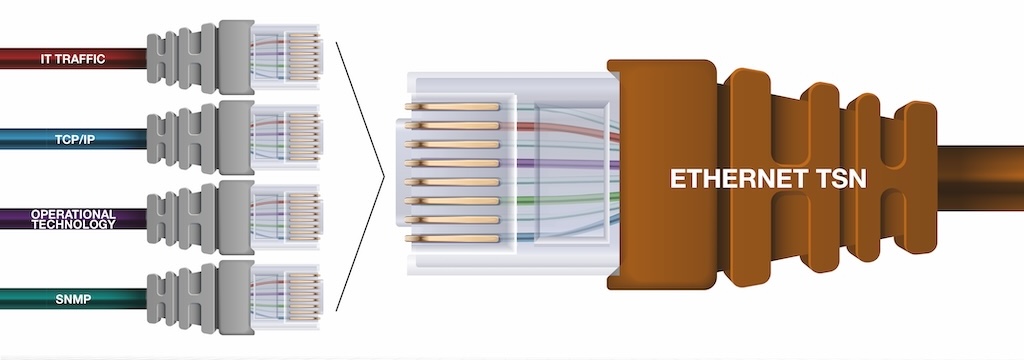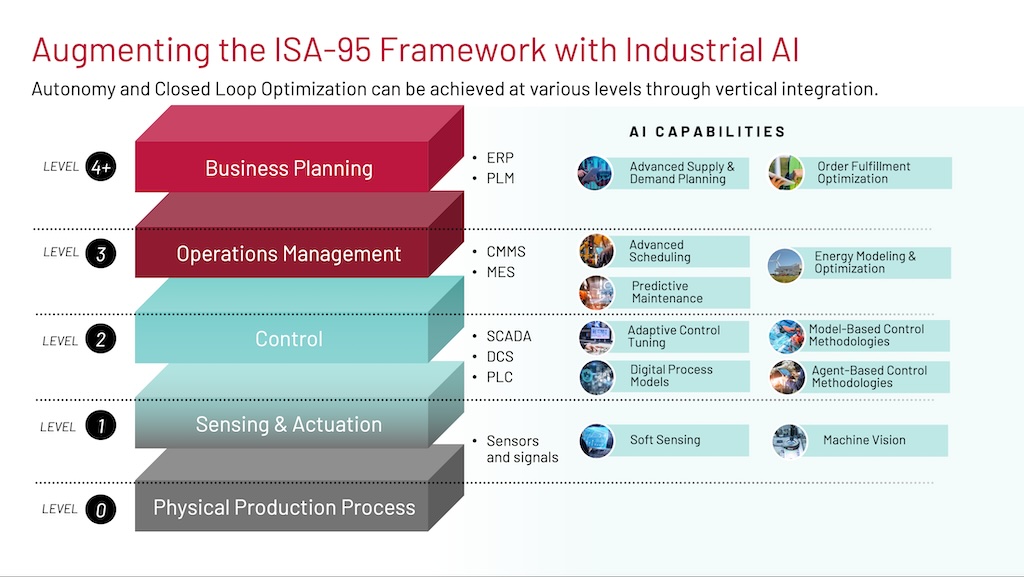Today, operation and maintenance margins in process plants are razor-thin. Capital projects have increasingly shorter timelines to get product to market faster at the lowest cost. Managers must look for and exploit every opportunity to cut costs and increase efficiency. On the business side, programs such as SAP have consolidated enterprise information into unified resource systems that deliver...
|
Today, operation and maintenance margins in process plants are razor-thin. Capital projects have increasingly shorter timelines to get product to market faster at the lowest cost. Managers must look for and exploit every opportunity to cut costs and increase efficiency.
On the business side, programs such as SAP have consolidated enterprise information into unified resource systems that deliver significant cost savings and administrative efficiency. On the operations, maintenance, and projects sides of the enterprise, critical engineering information — used by all to build, run, and maintain the plant — is typically held in disparate ‘silos’ and is very rarely connected efficiently to the business systems. The main issue is access to complete, consistent, and correct data across the enterprise for the lifecycle of the facility.
Disparate data dilemma
Technological advancements, in-creased regulatory compliance, and minimal tolerance for decreased productivity have resulted in a plethora of systems being implemented to address every aspect of the process industry. Owners must integrate solutions to deliver optimum performance at their facilities, yet problems arise between the disparate data sets that exist within a facility.
These data sets, or silos of information, use formats ranging from paper to electronic CAD files; from simple spreadsheets to complex engineering models — from systems ranging from engineering design, to real-time process control and maintenance management. If process facilities never changed, simply connecting silos of information via straightforward mapping would be sufficient. But throughout their lives, facilities change constantly.
Keeping systems in step with each other across the varying phases of a project is next to impossible. Process plants need a data management backbone that tracks changes and manages the data to ensure the information is consistent, correct, complete, and always reliable (Fig. 1).
Smart information layering
Data connection and data management are crucial. Just as crucial is the ability to layer that information with intelligence to provide immediate answers related to the plant enterprise.
Can you imagine the benefits you could gain from a resource system that could answer questions such as:
-
What causes unscheduled plant shutdowns?
-
How can I reduce the surplus material that is ordered on every project?
-
How can I avoid keying the data from my engineering procurement contractors’ (EPCs’) systems into my operations and maintenance systems, so data handover is not such an issue?
-
Why can’t I choose my engineering contractors based on their expertise rather than on the systems they use?
-
How can I easily ascertain the impact of a new environmental regulation without having to re-engineer the plant data every time?
-
Why can’t my engineering information last as long as my plant?
-
When engineering information is brought together into a common managed environment, supported by a backbone that connects it with the world of enterprise information, it is possible to get answers to these questions.
Owners and EPCs need a managed environment that allows them to protect their current investment in both systems and data without having to invest heavily in a new system. It must support their existing work processes across all lifecycle phases — from the rapidly evolving world of projects to the regulated world of the built facility.
The technology must be proven and able to deliver benefits immediately without a long payback period. The solution must be able to adapt over time to new technologies and data formats, enabling the data about the plant to last as long as the plant itself — 25 years or more.
Backbone benefits
So what are the benefits of connecting engineering information to the enterprise via a backbone approach that connects and manages the data? Such systems have now been in use for more than 10 years, and are delivering real results across the spectrum of operating plants and projects for both owner-operators and EPCs:
-
The virtual elimination of handover costs for one major oil company, saving between $1 million and $4 million per project
-
A 20% reduction in the costs of spare parts for one of the world’s largest owner operators
-
A 15% savings in total engineering hours for a major EPC, due to the reduction in rework that is possible when everyone has access to correct information
-
The elimination of commissioning and startup delays caused by lack of information across several projects by one of the world’s largest oil companies.
-
The same company also reduced the time required to obtain the all-important operation license in order to commence production. Saving a single day in this process results in millions of additional dollars in production revenues.
Additionally, owner-operators get a more efficient supply chain when they can collaborate more closely with EPCs on design and delivery. Through earlier input to engineering decisions, owner-operators can address operations and maintenance considerations, and reduce total cost of ownership of their plant. This earlier input means that EPCs are always working on approved information and adding engineering value throughout the tight timelines of a project, rather than having to constantly rework designs based on late operations and maintenance input.
As more data is created in various software applications, company-mandated formats, multiple office locations, and traditional paper systems, and as more data is shared across organizations, effective data management becomes critical to reducing costs and increasing the efficiency of plant operations.
Efficiency and cost reduction can be achieved when data is shared and connected for a variety of work functions — from maintenance operations and small engineering modification to major revamps and capital projects.
So what is the best way to manage data? The answer is a backbone solution that can connect to existing systems, handles all formats of data and documents — from the 100-year-old drawing to the most sophisticated data models — provides a managed environment that tracks and drives change, and exploits the latest desktop and querying technologies to expose users to data and information so they can answer those tough questions.
More Info:
The author is available to answer questions about this article. Dr. Hollings can be reached at [email protected] . Find more information on data management at bentley.com or plantengineering.com . Article edited by Jack Smith, Senior Editor, Plant Engineering magazine, 630-288-8783, [email protected] .
-



